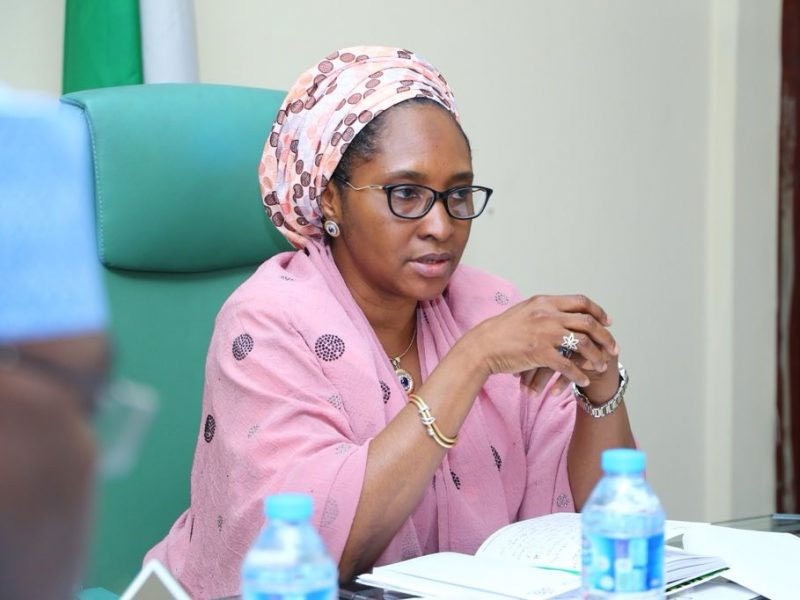Structural Reforms Reshape Nigeria’s Macro Outlook
Nigeria’s naira (NGN) strengthens near ₦1,380/USD as CBN reforms deepen; reserves rise to US $34 billion, NGERIA 2031 yields fall to 10.4 percent, and foreign inflows revive across NGX:ASI and bond assets.

Nigeria’s foreign-exchange ecosystem is undergoing a fragile but genuinely positive normalization as policy coherence begins to take firm root under the Tinubu administration’s aggressive reform agenda. The naira (NGN) has found a tentative floor near ₦1,380 per US dollar on the official Investors’ and Exporters’ window (IEW), appreciating nearly 11 percent from September lows. Simultaneously, parallel-market spreads have narrowed to less than 6 percent—the tightest margin recorded since early 2023. This critical improvement stems from a decisive combination of foreign-exchange liberalization, fiscal realignment, and renewed inflows from both international portfolio investors and multilateral partners.
At the policy core is the Central Bank of Nigeria’s (CBN) courageous move toward a single-window FX market. By unifying previously segmented exchange channels and strictly curbing administrative currency allocation, the CBN has successfully restored crucial price transparency and improved liquidity depth across the market.
Average daily turnover in the official window has risen to US $240 million, roughly double the second-quarter average, as exporters, international oil companies, and offshore funds regain confidence in the repatriation mechanisms. Furthermore, the massive backlog of FX forward obligations—once exceeding US $6.7 billion—has been cut by nearly half following targeted settlements financed by timely inflows from the African Export-Import Bank and World Bank support facilities.
Fiscal coordination has powerfully reinforced this monetary pivot. The federal government’s landmark decision to fully rationalize fuel subsidies and harmonize complex customs tariffs has freed up fiscal space equivalent to 1.3 percent of GDP in 2025, allowing a substantial part of the savings to be used to rebuild reserves and settle external arrears.
External reserves now stand near US $34 billion, a significant increase from US $30.4 billion mid-year, providing enhanced import cover of 5.2 months. The Ministry of Finance has also intensified transparent engagement with Eurobond holders and multilateral creditors to smooth maturities and restore investor trust. The NGERIA 2031 Eurobond (XS2948511949) trades at a yield of 10.4 percent, down sharply from 13.2 percent in August, signaling a measurable improvement in sovereign risk perception.
The real-sector response remains uneven, reflecting the depth of prior distortions. While crude production has inched up to 1.49 million barrels per day (mbpd), it is still below the 1.8 mbpd OPEC quota. However, non-oil exports—particularly agricultural commodities and manufactured goods—are expanding at double-digit rates in value terms, benefiting from the devalued naira and improved port clearance efficiency.
Manufacturing PMI readings have moved back above the 51 mark for two consecutive months, marking the first sustained expansion since 2022. Inflation, however, remains structurally high at 27.8 percent year-on-year, driven primarily by food and transport costs, even as core inflation shows encouraging signs of plateauing. The CBN’s Monetary Policy Rate (MPR) of 24.75 percent is likely to persist through early 2026 to firmly anchor inflation expectations and attract vital carry-trade inflows.
Nigeria’s capital markets have robustly welcomed the new policy clarity. The Nigerian Exchange All Share Index (NGX:ASI) has surged 18 percent year-to-date, led by bank and consumer-goods counters benefiting from currency revaluation gains and reduced systemic risk. Fixed-income yields, though still elevated, have begun to compress: the 10-year FGN bond trades near 15.9 percent, down from 17.5 percent at mid-year, reflecting renewed domestic participation. Foreign portfolio inflows totaled US $1.1 billion in Q3—the highest quarterly figure since 2020—though this total remains modest compared with the pre-COVID levels, which exceeded US $3 billion quarterly.
The broader macro narrative points to a national economy at a definite inflection point. The foundational structural reforms—fuel subsidy removal, FX unification, and revenue digitization—are necessary to correct long-standing imbalances but risk generating short-term social strain. Real household incomes have fallen roughly 6 percent year-on-year, constraining consumption, while unemployment remains elevated at 9.8 percent under the new labor-force methodology. Nevertheless, the government’s comprehensive Social Investment Fund, backed by ₦500 billion in targeted transfers, aims to cushion vulnerable groups and preserve essential political stability during this challenging adjustment period.
Institutionally, Nigeria’s credibility is improving rapidly. The CBN’s commitment to transparent auctions and publication of detailed FX market data marks a significant departure from the opaque interventions of recent years. International counterparties, including JPMorgan and FTSE Russell, have signaled that Nigeria could regain partial inclusion in frontier-market FX indices by 2026 if convertibility conditions hold steady. That key achievement would significantly lower the country’s sovereign risk premium and vastly expand access to foreign capital.
Looking ahead, the key variables are reserve adequacy, inflation convergence, and oil-sector recovery. If crude output sustains above 1.6 mbpd and inflation trends below 20 percent by mid-2026, Nigeria’s sovereign yield curve could compress by 150–200 basis points, dramatically improving debt sustainability. Conversely, any relapse into administrative controls or renewed fiscal slippage could reverse these fragile gains rapidly. The next 12 months will thus test whether reform momentum can evolve into durable macro stability and genuine, sustained investment confidence.





